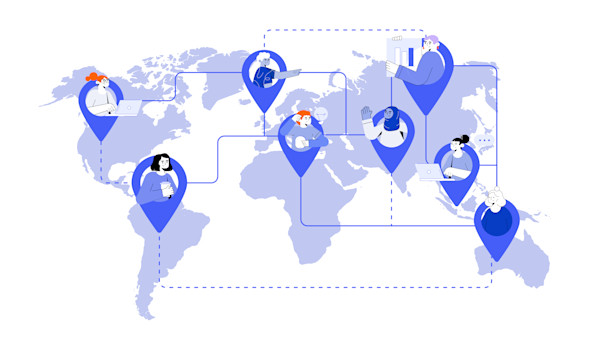Related Articles

How to build trust with your manager while working remotely
As businesses continue to navigate the future of work, most are adopting either a hybrid or remote working model. However, perspectives between employees and leadership diverge as to which option is preferable.

Introducing our series, “Navigating the future of hybrid work”
As the world slowly reopens, it’s increasingly clear that the future of work for many companies and their employees will be hybrid. A hybrid work model is when employees split time between on-site and working remotely. Research from Gallup, McKinsey & Company, and Accenture all found that the majority of employees surveyed about their work preferences said hybrid is the preferred option. In fact, two-thirds of employees in a 2021 McKinsey survey said that if their current job required them to return fully onsite, they would look for other opportunities. Of course, industries, such as healthcare or construction, are not set up for an easy move to fully remote or hybrid; but for many, flexibility is the name of the game.

How to expand your professional network as a contract worker
For many people, the word 'networking' elicits a sense of dread and evokes images of large event spaces with people nervously milling around with drinks. Or maybe you recall Zoom calls with cheesy ice breakers and people talking over one another. It's easy to see why most people avoid putting themselves in these situations.